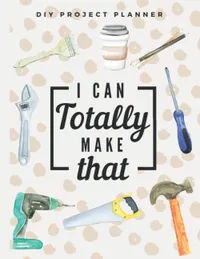How to finish your home DIY projects – motivating methods to hold yourself accountable
Don't DNF your DIYs – these four motivating tips will ensure no project is left abandoned
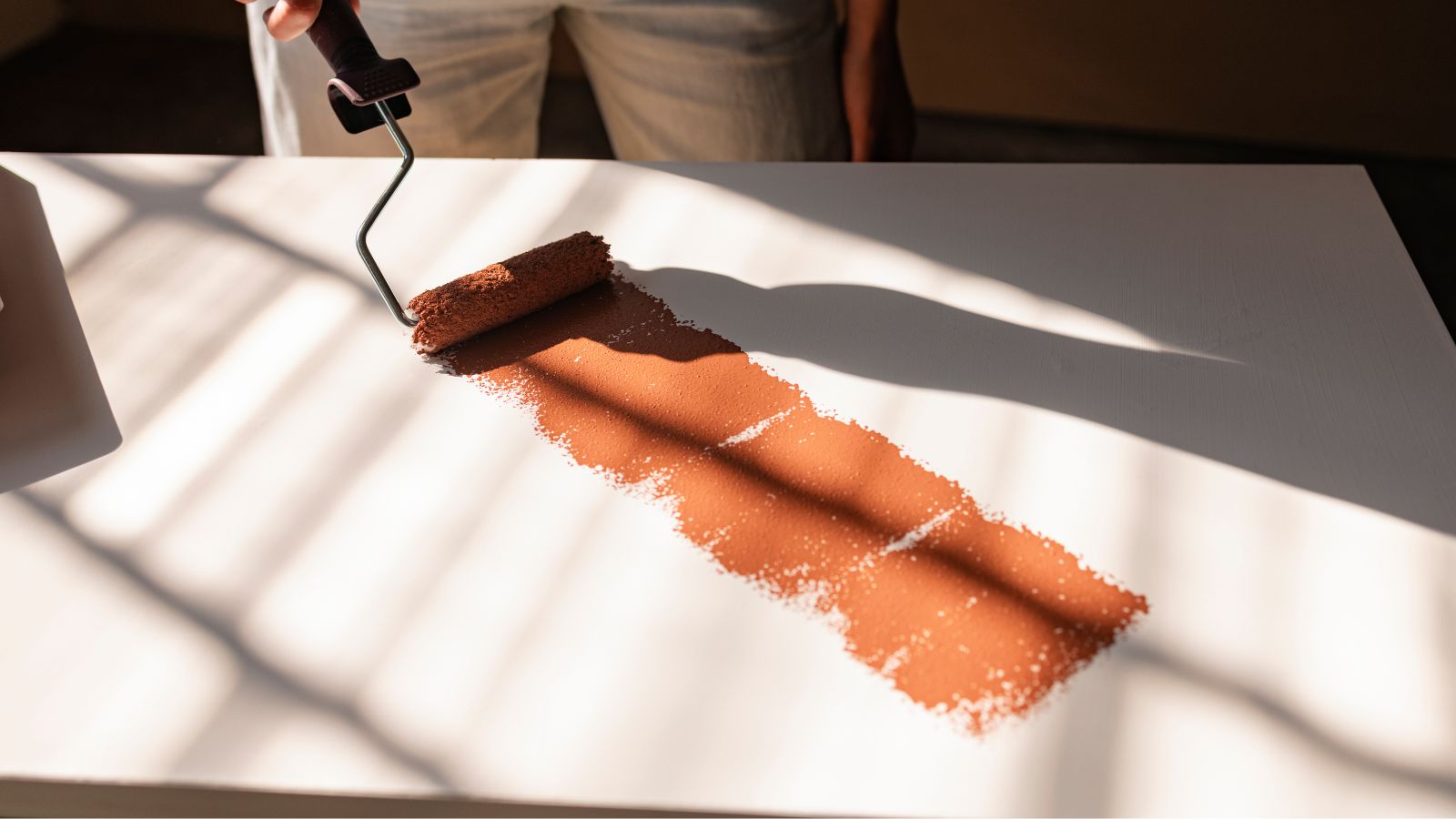

It's so easy to start a home DIY project – full of excitement and motivation to make a drastic transformation to our homes.
However, halfway through, when excitement and energy wanes, it is just as easy to abandon it, resulting in half-finished projects and increasing frustration whenever it gets in the way.
These four tips for finished home DIY projects will ensure that nothing is abandoned in your home again – with expert tricks to hold yourself accountable.
How to finish your home DIY projects
Whether you are doing a fun craft to pass the time or are toiling on a DIY project that will elevate your home, seeing it through to the end is a must if you want to develop your skills, improve your space, and get that sense of accomplishment that will spur you on to complete other tasks and projects around your home.
1. Set a realistic project schedule
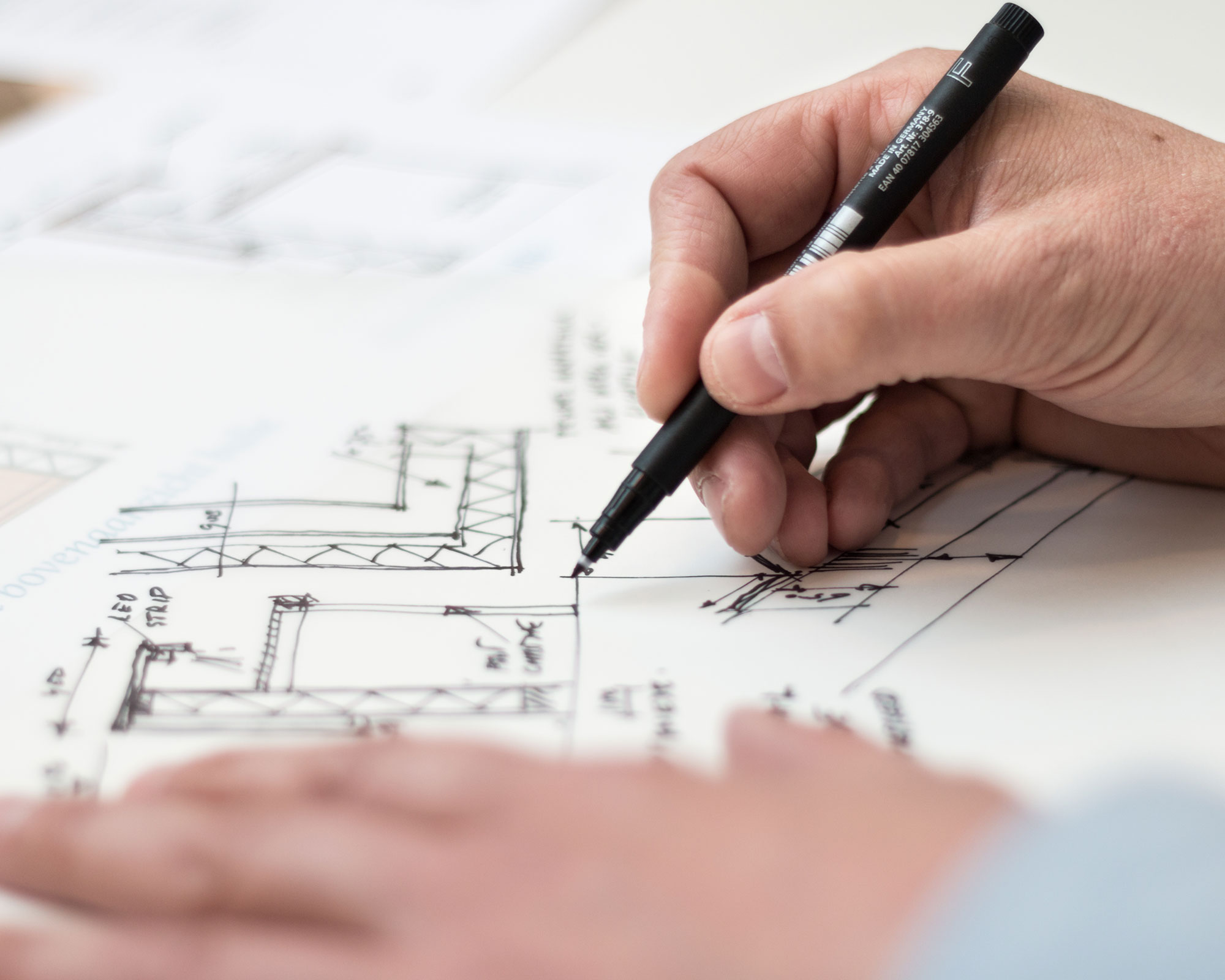
'No matter the scale of your project, it can be beneficial to plan it out with the same level of detail as if you were renovating a house,' suggests Jonathan Klemm, Founder, CEO and contractor at Quality Builders. This means plotting out your timeframe, budget, tools, and helpers if you have them. It is almost like you are employing yourself to actualize your vision:
‘One of the best tips I can give is to have a realistic project schedule that considers your available time, resources, and budget. How would that look on a real project? Let's say you want to freshen up the paint in your home. So you look at how much time will be needed and add a buffer to that. If you estimate two days, add one more day.
‘If you're going to have a helper, ensure you've got their commitment down. Another great tip is to ask for another day/time that works for them in case they get busy.
Design expertise in your inbox – from inspiring decorating ideas and beautiful celebrity homes to practical gardening advice and shopping round-ups.
‘Then, consider your budget. How much are those paints, brushes, tape, and dropcloths going to cost? Add all that up and again, give yourself a bit of a buffer. Your final plan should have all this information written out with dates and time frames.’
Jonathan recommends writing down actual dates and deadlines on your plan to push yourself to meet your targets. ‘It's amazing how productive we can be if we have a project schedule like the pros/experts, which serves as a guide for when we are going to start, when we expect to finish, what resources we need, etc.’
DIY Project Planner & Sketchbook | View at Amazon
This handy project planner has space to document 45 projects and has dotted graph paper to help you sketch out your ideas.

QB was founded by Jonathan Klemm in 2020 in the midst of a global pandemic. Having worked for one of the top general contractors in the country for the past decade, Klemm has utilized his experiences to help form a company.
2. Maintain motivation by breaking bigger tasks into smaller ones
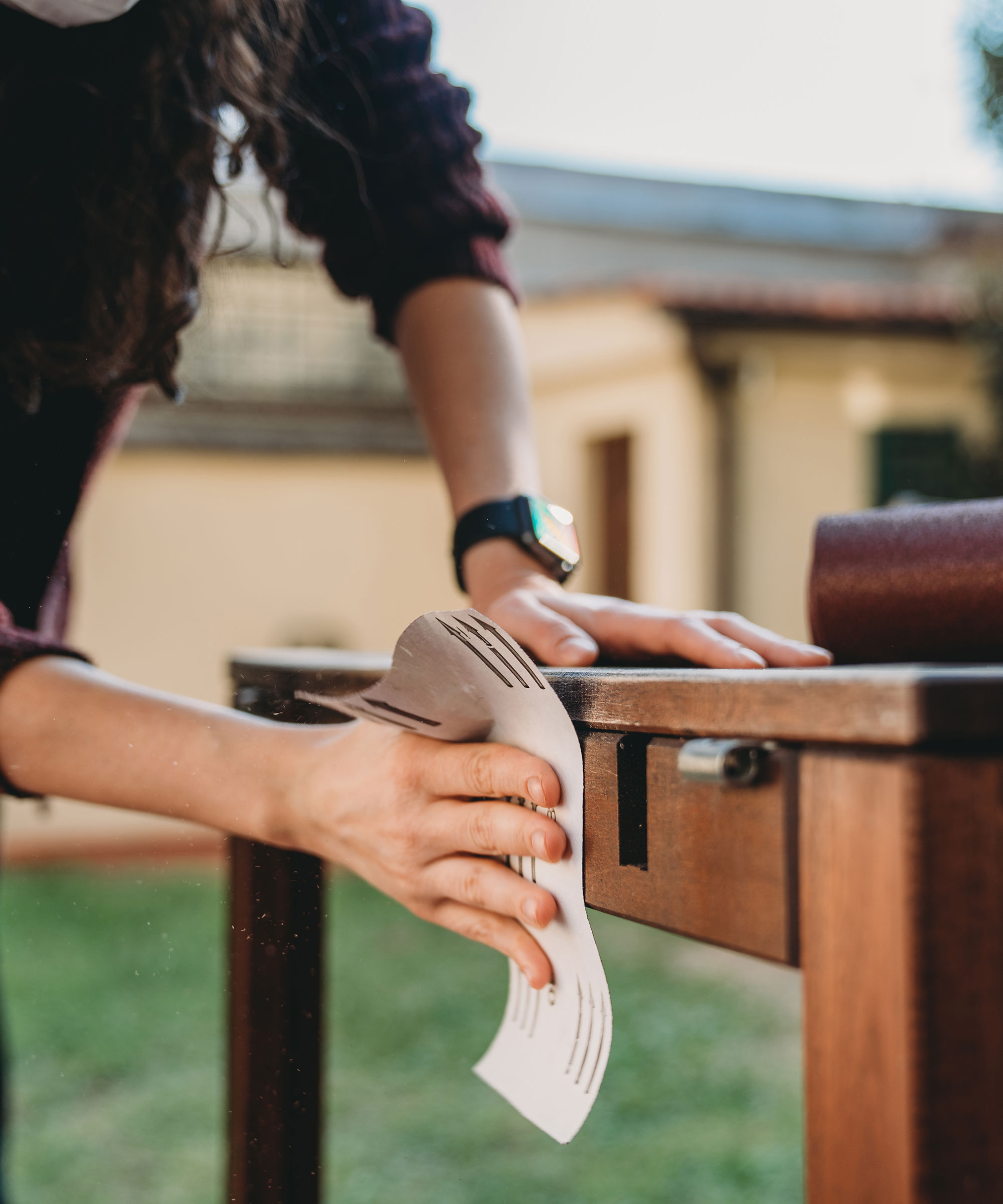
One of the biggest reasons projects are left unfinished is that we lose motivation or run out of energy. More often than not, this is because we dive headfirst into an idea without giving ourselves adequate breaks or thinking up a plan.
Shlomo Cherniak, professional contractor and founder of Cherniak Home Services, recommends breaking up projects into smaller, more manageable chunks – both when you are doing something as small as painting wooden furniture or something as big as updating a kitchen without replacing it.
‘Stay motivated by reminding yourself of the benefits and rewards associated with completing each project,’ he begins. ‘Break larger projects into smaller, achievable tasks to maintain a sense of progress and accomplishment while also working in breaks – this will help you to stay disciplined. It also helps to set aside dedicated work hours, eliminating distractions and creating a conducive work environment.’
He also adds that celebrating milestones along the way can help you stay motivated and keep your momentum going.
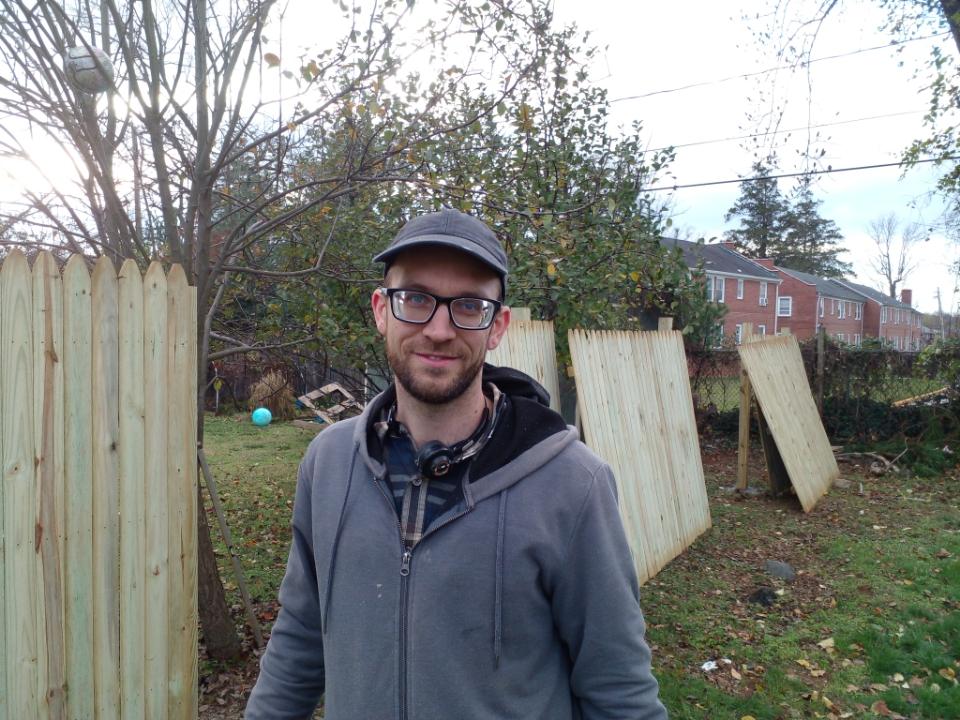
Shlomo Cherniak is a handyman and founder of Cherinak Home Services in Baltimore. He has over seven years of experience in home improvement, with him and his team specializing in everything from installing kitchen cabinets to fixing leaky faucets to hanging pictures on the wall.
3. Don’t leave the small details to last
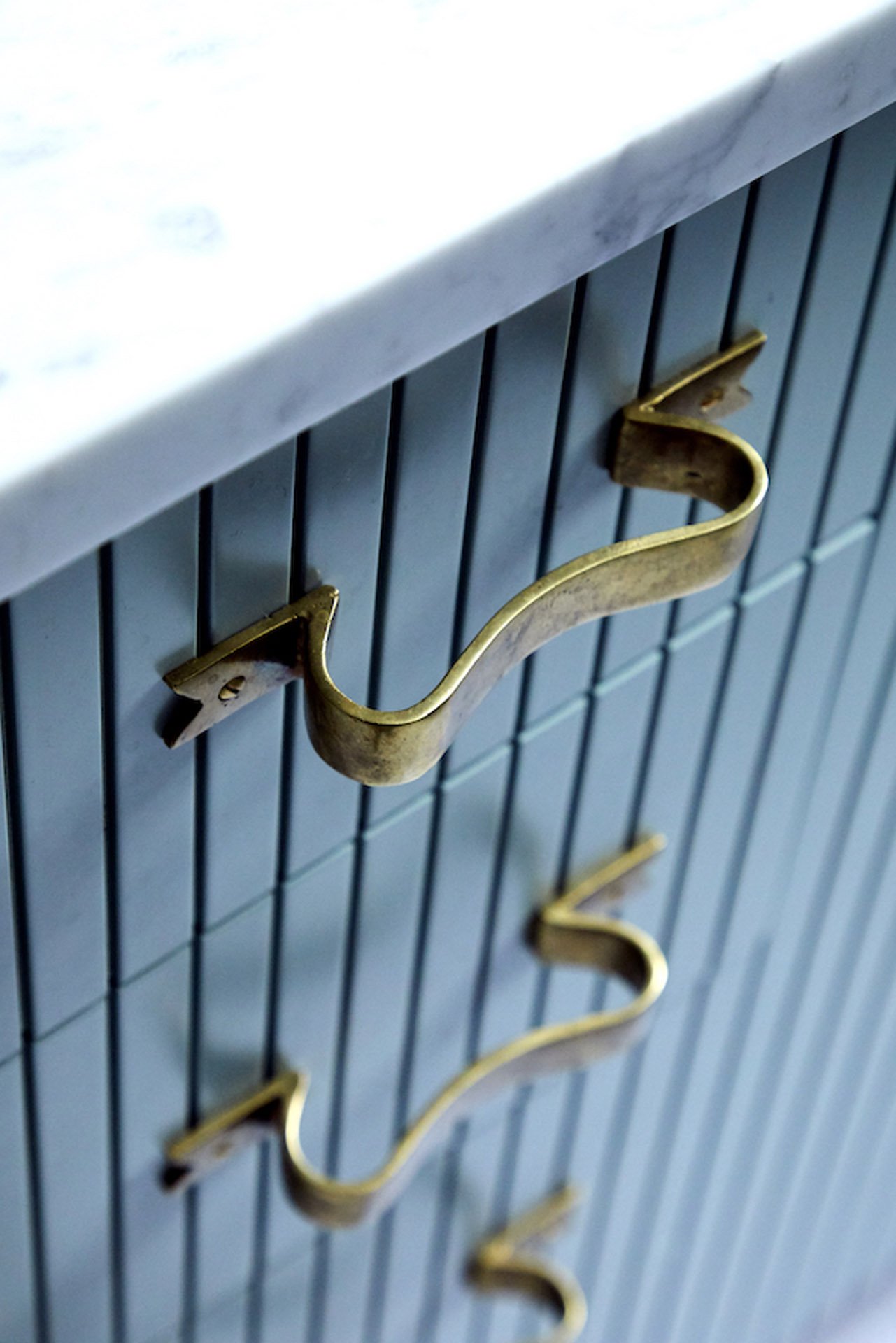
When we leave a project unfinished, it is often because we get to the final details and tell ourselves, ‘I'll do it later.’ That ‘later’ usually never comes, leaving the project unfinished and a little underwhelming.
The easiest way to combat this? Never leave the small bits to last and always treat them with a little bit of urgency, suggests Halie Porter, interior designer at Swann Street Interiors:
‘It’s so easy to leave the smallest stuff for last, like switching out outlet covers, filling and painting nail holes, sourcing a bath mat, or even just putting all your tools and supplies away once a project is complete.
‘I like to share the anecdote with my clients, “If you were to list your home for sale tomorrow, is this something that would need to be done before then?” Ensuring the smallest details are taken care of will help you feel ready to fully cross something off your list and move on to the next task guilt-free.’

Halie has been the owner and operator of Washington, D.C.-based Swann Street Interiors for the past three years. She specializes in traditional and virtual design services, and is adept in recommending the best paint colors for homes.
4. Don’t have more than one project on the go
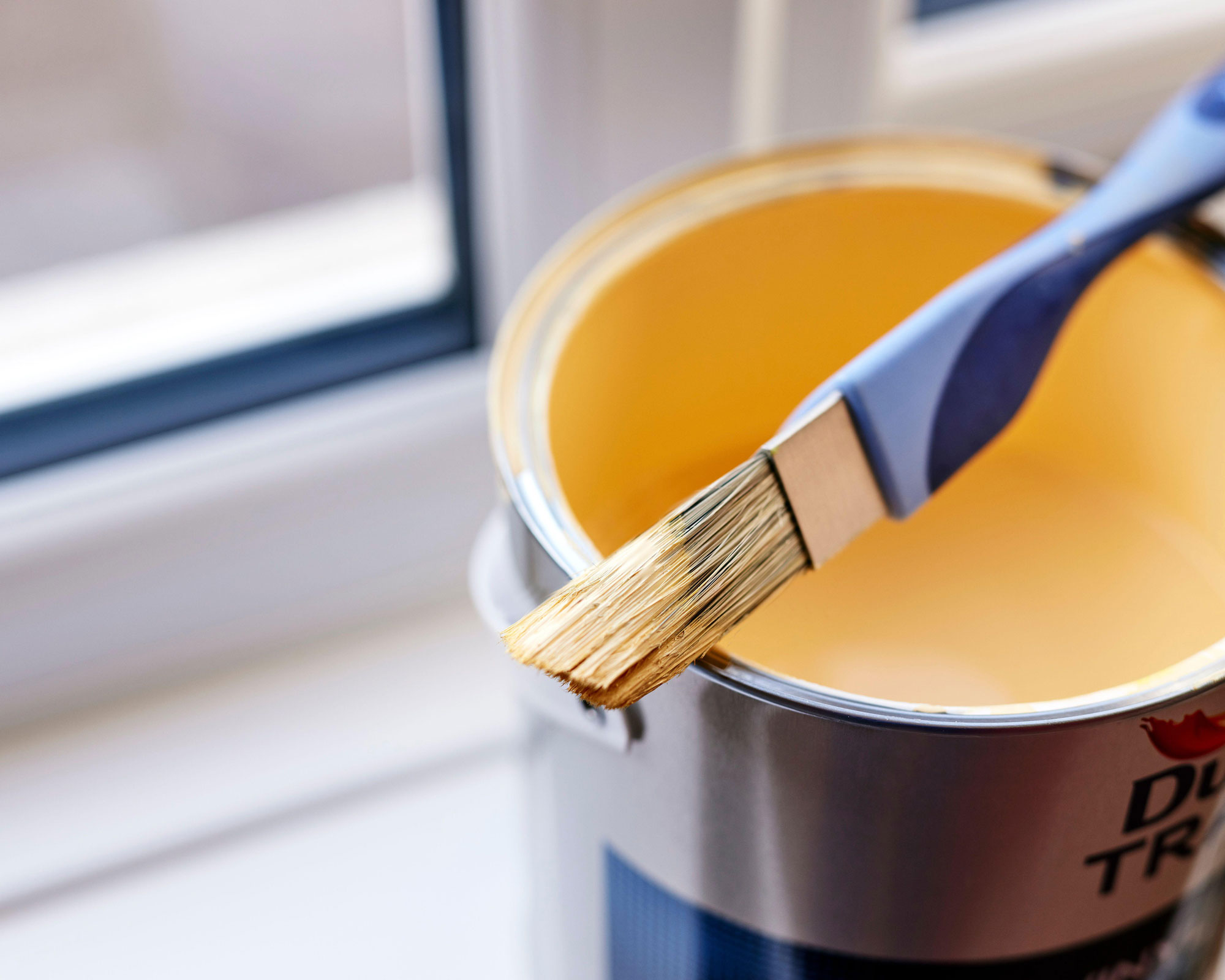
While it is sometimes conducive to have a few very similar projects on the go – such as repainting two pieces of furniture at the same time or doing the plumbing when you are changing out your floors – it is often best to leave starting new DIY projects until you have completed the one you have on the go, advises Jonathan Klemm, contractor.
‘I wouldn't advise having multiple projects going at once unless the DIYer has a couple of finished projects in their history,’ he shares. ‘The reason being that projects often end up taking longer than we expect, and having multiple open projects that are unfinished is a major demotivator.'
There are several benefits to embracing slow renovating, such as greater satisfaction and a more mindful experience. It can even prevent burnout and help you manage your budget.
FAQs
How do you finish a project fast?
If you are looking to speed-run your DIY projects, the best approach without compromising on quality is to make a detailed plan before you start. This will help ensure you have adequate time to complete your project quickly without having to rush any elements and have all the tools you will need to complete it properly. If your plan suggests this project might need a little more dedication, it might be one to leave on the back burner until you have more time.
How do I get good at DIY?
If you are looking to improve your DIY skills, the best way is to practice. Plenty of workshops, both in person and online, can help you grasp the basics and teach you about the tools and safety precautions you need. Before working on a big project, take the time to practice techniques on scrap wood or on old furniture you no longer need/like, or you can find cheap second-hand.
Before diving into a DIY project, be sure it is within your skill range and budget – avoiding any household projects you shouldn’t DIY to ensure your safety and the quality of the final result. Working on something too difficult will result in a DNF (Did Not Finish) and will likely cost you more in the long run when you have to hire a professional to finish the job.

Chiana has been at Homes & Gardens for two years and is our resident 'queen' of non-toxic living. She spends most of her time producing content for the Solved section of the website, helping readers get the most out of their homes through clever decluttering, cleaning, and tidying tips. She was named one of Fixr's top home improvement journalists in 2024.
